Contact Details
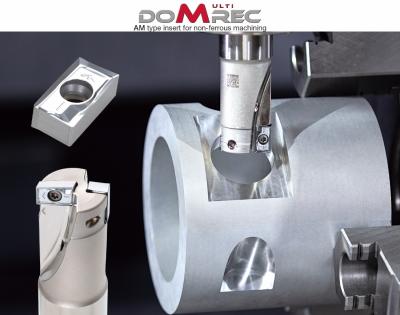
Tungaloy Corporation (President: Satoshi Kinoshita, Headquarters: Iwaki City, Fukushima Prefecture) announces the addition of the "AM Type" insert for non-ferrous metal machining to its center blade multi-functional cutter "DoMultiRec".
Overview
"DoMultiRec" is a multi-functional milling cutter with a center cutting edge capable of a wide range of operations, from drilling and shoulder milling to pocket / cavity milling. By optimizing the arrangement of the inserts, the front cutting edge becomes almost flat, achieving a high flatness on the bottom during drilling, making it ideal for counterboring operations. Additionally, the inserts can be used for both center and peripheral cutting edges, with two cutting edges for center cutting and two for peripheral cutting, allowing a total of four corners per insert, making it highly economical.
The new "AM Type" insert is designed for non-ferrous metal machining, featuring a sharp cutting edge achieved through ground peripheral surface and polished rake face to a mirror-like finish. This design reduces built-up edge during machining and ensures a high-quality, glossy surface finish. The insert grade "KS05F" is a fine-grained carbide that balances wear resistance and chipping resistance, providing exceptional reliability and stable performance across a wide range of applications.
The addition of the "AM Type" insert to the "DoMultiRec" series will greatly contribute to tool consolidation and productivity improvement for a wider range of industries.
Related Glossary Terms
- built-up edge ( BUE)
built-up edge ( BUE)
1. Permanently damaging a metal by heating to cause either incipient melting or intergranular oxidation. 2. In grinding, getting the workpiece hot enough to cause discoloration or to change the microstructure by tempering or hardening.
- counterboring
counterboring
Enlarging one end of a drilled hole. The enlarged hole, which is concentric with the original hole, is flat on the bottom. Counterboring is used primarily to set bolt heads and nuts below the workpiece surface.
- flat ( screw flat)
flat ( screw flat)
Flat surface machined into the shank of a cutting tool for enhanced holding of the tool.
- gang cutting ( milling)
gang cutting ( milling)
Machining with several cutters mounted on a single arbor, generally for simultaneous cutting.
- milling
milling
Machining operation in which metal or other material is removed by applying power to a rotating cutter. In vertical milling, the cutting tool is mounted vertically on the spindle. In horizontal milling, the cutting tool is mounted horizontally, either directly on the spindle or on an arbor. Horizontal milling is further broken down into conventional milling, where the cutter rotates opposite the direction of feed, or “up” into the workpiece; and climb milling, where the cutter rotates in the direction of feed, or “down” into the workpiece. Milling operations include plane or surface milling, endmilling, facemilling, angle milling, form milling and profiling.
- milling cutter
milling cutter
Loosely, any milling tool. Horizontal cutters take the form of plain milling cutters, plain spiral-tooth cutters, helical cutters, side-milling cutters, staggered-tooth side-milling cutters, facemilling cutters, angular cutters, double-angle cutters, convex and concave form-milling cutters, straddle-sprocket cutters, spur-gear cutters, corner-rounding cutters and slitting saws. Vertical cutters use shank-mounted cutting tools, including endmills, T-slot cutters, Woodruff keyseat cutters and dovetail cutters; these may also be used on horizontal mills. See milling.
- rake
rake
Angle of inclination between the face of the cutting tool and the workpiece. If the face of the tool lies in a plane through the axis of the workpiece, the tool is said to have a neutral, or zero, rake. If the inclination of the tool face makes the cutting edge more acute than when the rake angle is zero, the rake is positive. If the inclination of the tool face makes the cutting edge less acute or more blunt than when the rake angle is zero, the rake is negative.
- wear resistance
wear resistance
Ability of the tool to withstand stresses that cause it to wear during cutting; an attribute linked to alloy composition, base material, thermal conditions, type of tooling and operation and other variables.




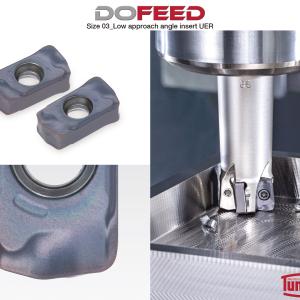
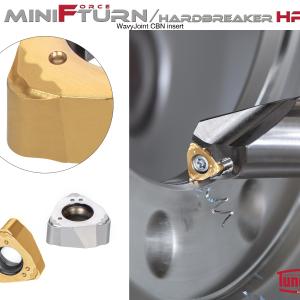


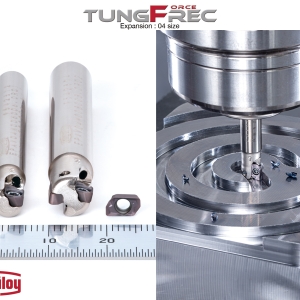
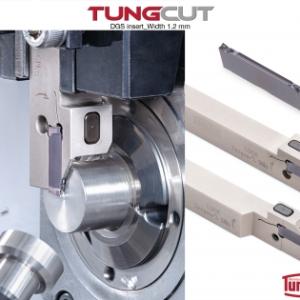
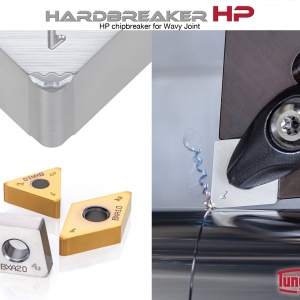
 PRODUCTS
PRODUCTS

